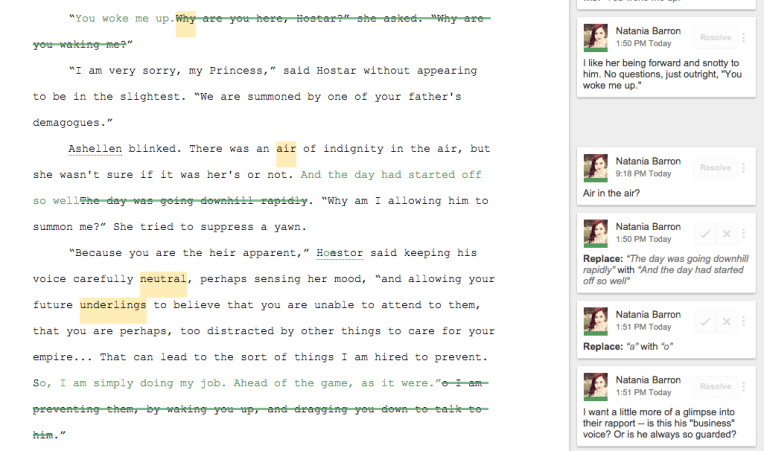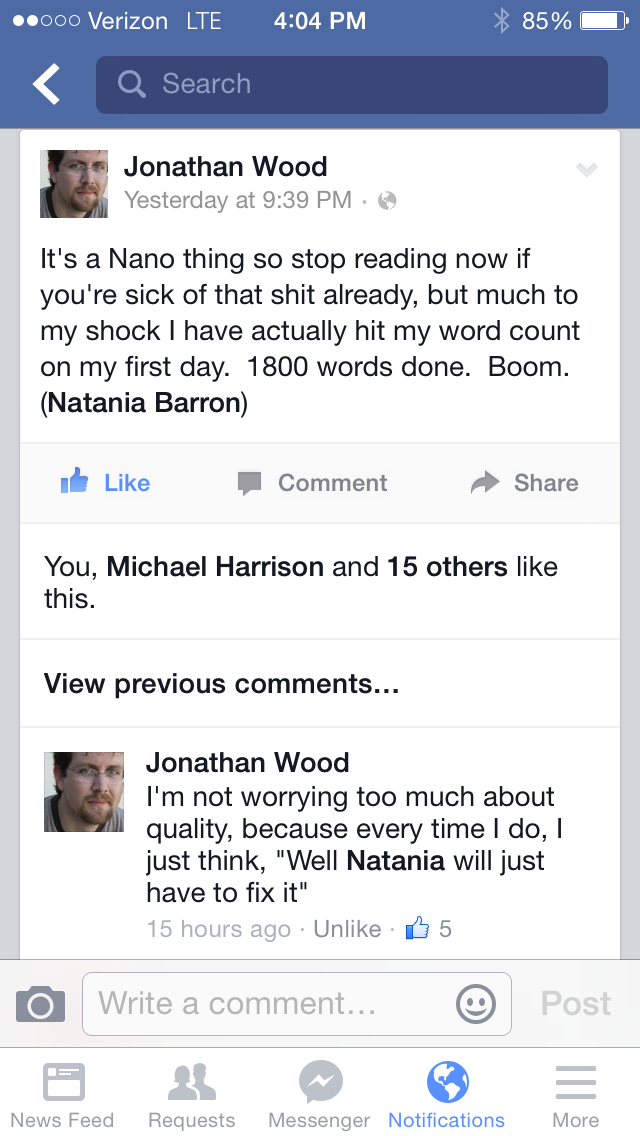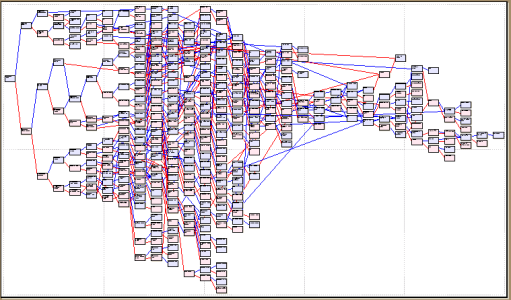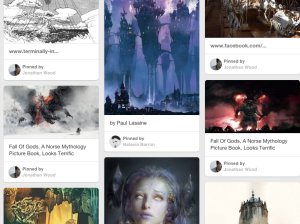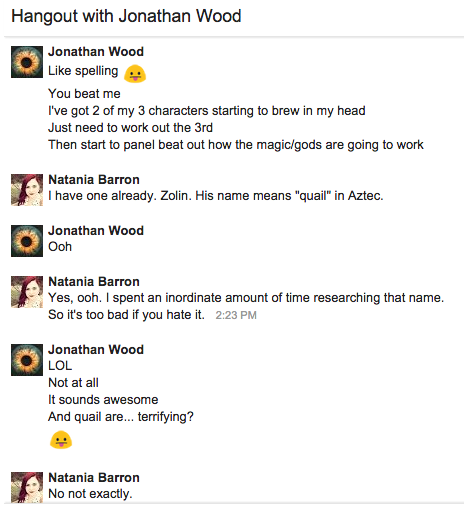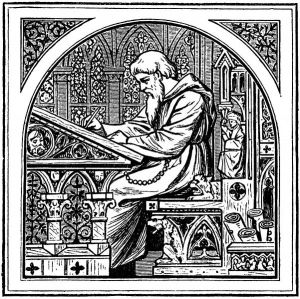
In spite of the fact that Jonathan and I are writing on totally different schedules, we’re going at approximately the same pace. It’s interesting because we both ended up writing gargantuan first chapters. We haven’t really figured out where things are going next in terms of revision, and at a point our POVs are going to intersect, but we decided during a brief chat this afternoon that we’d go ahead and do a cursory read-through/edit of each other’s chapters.
At first I wasn’t sure that it was a good idea. But then I jumped into editing Jonathan’s first chapter (he’s writing the princess, because of course) and immediately started getting ideas for my part of the book. Details. We’ve sketched out the big stuff, the 7 point plot goodness, but for me, what makes a book really satisfying, what makes the experience worth the time to read it, is when the details click and come together.
I’m good at characters. Jonathan is good at pacing and action scenes. But collaboration is not about just writing to your strengths. Sure, we’ll be able to help each other out when we’re feeling low. That’s not learning, though. I want to share that collaborative brain space and glean from it. When this is all said and done, I want to be able to look at my own scenes and not just see what’s wrong (let me tell you I am SO GOOD at doing that) but understand how to fix it.
Once we’ve written in our respective word processing applications of choice (I use Scrivener, and have for years; I’m pretty sure Jonathan uses Word Perfect or something) we then upload to our collective Google Drive. There we can edit and mull about and start to tease the best parts out for good–and we don’t have to worry about the gorram track changes bugs so common in Word — plus we can live edit if we so desire.
The next step in the process looks a little like this:
I wouldn’t call it a brutal edit, since that’s not really the point. We’re writing super fast and furious. Sometimes we, uh, forget the names of our protagonists, ahem. But as a collaboration, we’re able to give fresh eyes right away — instant feedback — and the final product will be that more BOTH of our voices.
Neither of us has ever really written something at length with another writer (we’re nearly at the 20K mark if you add up both of our totals), and certainly not at this fever pace, so we’re definitely figuring it out as we go along. But so far this recipe seems to be working rather well.
I honestly don’t know how writers managed to collaborate over snail mail!



